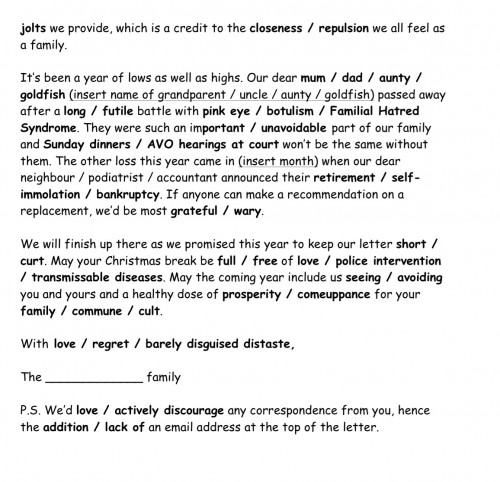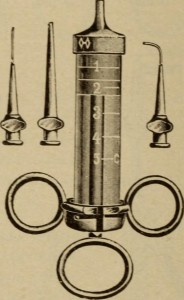It’s a tradition some people love, and even more people hate: the form letter enclosed in a Xmas card. If you’d been thinking of retaliating with your own letter, we’ve developed a template to help get you started. It’s even in Comic Sans to cause maximum grief to those receiving it.
You can download a PDF version at the bottom of this post, but here’s what it looks like:
Click here to download a PDF version. Feel free to post your versions in comments, we’d love to see them.





Recent Comments